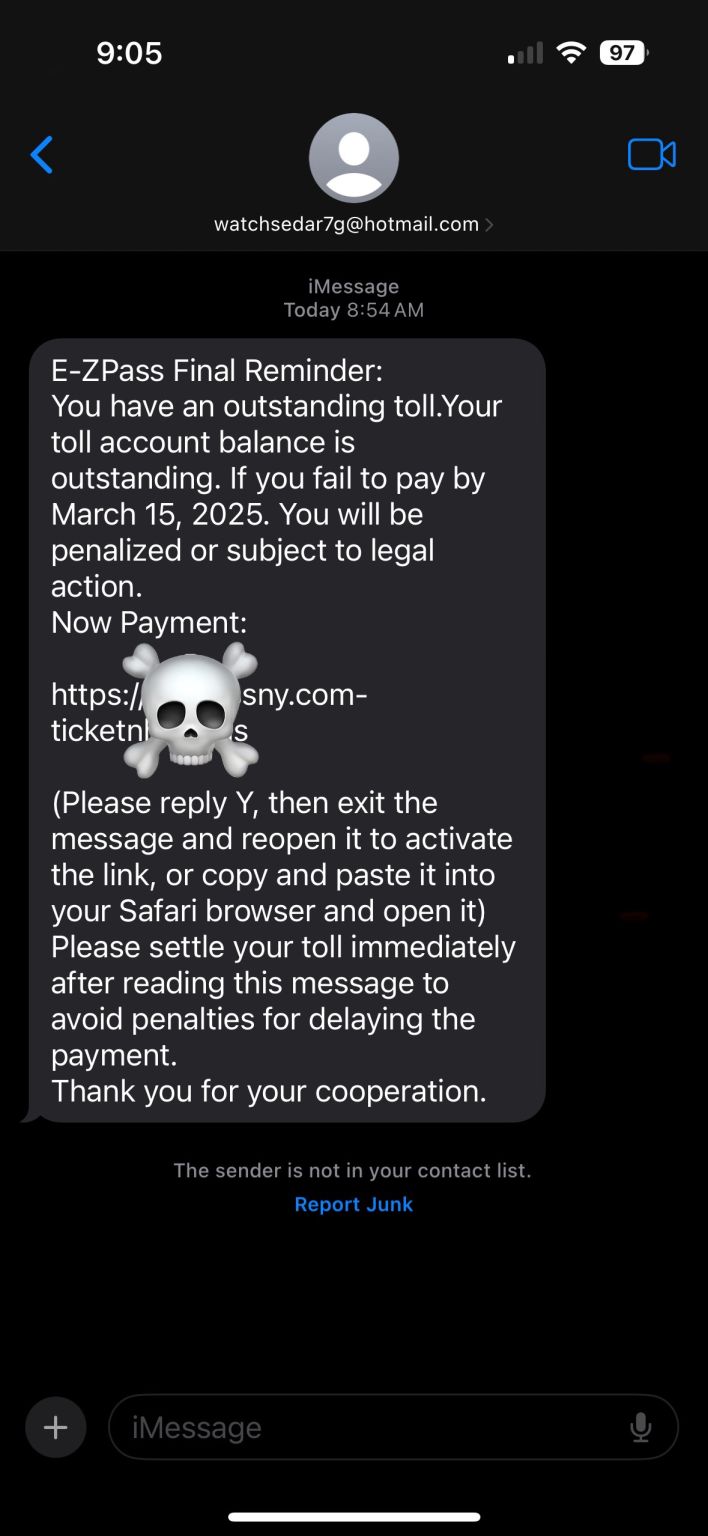Ever feel like the cyber threats out there are like something out of a spy movie? Think shadowy figures with glowing screens and lines of complicated code? Well, while those folks do exist, there’s a new player on the scene, and they might surprise you. Imagine someone with pretty basic tech skills suddenly being able to pull off sophisticated cyberattacks. Sounds like sci-fi? Nope, it’s the reality of AI-powered cybercrime, and it’s creating a wave of what we’re calling “zero-knowledge” threat actors.
So, how does AI turn your average internet user into a potential cyber-naughty-doer? Think of it like this:
- Phishing on Steroids: Remember those dodgy emails with weird grammar? AI can now whip up super-believable fake emails, texts, and even voice calls that sound exactly like they’re from someone you trust. It’s like having a professional con artist in your pocket, but powered by a computer brain.
- Malware Made Easy: Creating nasty software used to be a job for hardcore coders. Now, AI is helping to automate parts of this process, and there might even be “Malware-as-a-Service” platforms popping up that are surprisingly user-friendly. Scary thought, right?
- Spying Made Simple: Gathering info on potential targets used to take serious detective work. AI can now scan the internet like a super-sleuth, finding out all sorts of things about individuals and companies, making targeted attacks way easier for even a newbie.
- Attack Automation – The Robot Army: Forget manually clicking and typing a million things. AI can automate entire attack sequences. Imagine a bad guy just hitting “go” on a program, and AI does all the heavy lifting. Creepy!
- User-Friendly Crime? The trend seems to be towards making these AI-powered tools as easy to use as your favorite social media app. That means you don’t need a computer science degree to potentially cause some digital mayhem.
What could this look like in the real world?
- Deepfake Deception: Your grandma might get a video call that looks and sounds exactly like you, asking for money. Except, it’s a fake created by AI!
- Ransomware for Dummies: Someone with minimal tech skills could use an AI-powered platform to lock your computer files and demand payment – think of it as ransomware with training wheels.
- Social Media Shenanigans: Fake profiles and convincing posts generated by AI could trick you into clicking on dangerous links or giving away personal info.
So, why should you care about this rise of the “zero-knowledge” cybercriminal?
- More Attacks, More Often: With more people able to launch attacks, we’re likely to see a whole lot more of them hitting our inboxes and devices.
- Smarter Attacks, Simpler Execution: Even if the person behind the attack isn’t a tech wizard, the AI they’re using can make their attacks surprisingly sophisticated.
- Our Defenses Need an Upgrade: The security tools we rely on might need to get smarter to keep up with these AI-powered threats.
Don’t panic! Here’s what you can do to stay safer:
- Become a Skeptic Superstar: Be super suspicious of anything online that asks for your info or seems too good to be true.
- Two is Always Better Than One (MFA!): Turn on Multi-Factor Authentication (MFA) wherever you can. It’s like having a second lock on your digital doors.
- Keep Your Digital House Clean: Update your software and apps regularly. These updates often include security patches.
- Think Before You Click: Seriously, take a breath before clicking on any links or downloading attachments, especially from people you don’t know.
- Spread the Word: Talk to your friends and family about these new threats. Awareness is key!
The cyber landscape is always changing, and AI is definitely shaking things up. The rise of “zero-knowledge” threat actors might sound a bit scary, but by staying informed and practicing good digital habits, we can all make it harder for these AI-assisted baddies to succeed. Stay safe out there, and keep learning!


